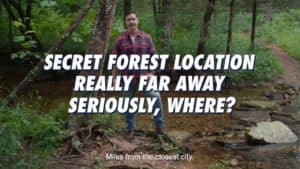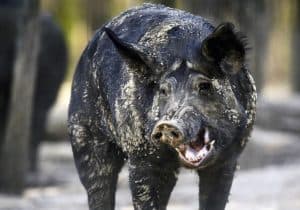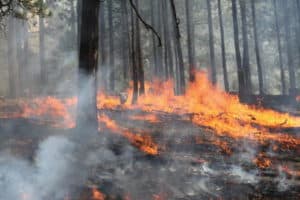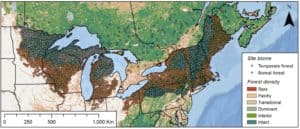
Forest Service summaries: 000000_2019_06_19_Litigation Weekly
COURT DECISIONS
The 9th Circuit denied an emergency motion for injunction pending appeal by the plaintiffs for the Miller West Fisher Project on the Kootenai National Forest.
The District Court of New Mexico denied the plaintiff’s motion for reconsideration concerning the requested placement of telecommunication equipment on Tesuque Peak in the Santa Fe National Forest.
The 9th Circuit Court of Appeals affirmed the Eastern District Court of California’s March 2, 2018 order lifting the injunction on the Smokey Project on the Mendocino National Forest.
The District Court of Alaska rejected the Forest Service interpretation of the scope of easements on the Tongass National Forest, pursuant to a 2005 statute. Here is an article with more details.
The District Court of Idaho denied plaintiffs’ motion for a preliminary injunction to prevent construction by the Forest Service of the Stanley to Redfish Trail on a private land conservation easement in the Sawtooth National Recreation Area.
The 9th Circuit Court of Appeals issued an order denying the plaintiffs request for emergency motion for injunction pending appeal of the Seiad-Horse Risk Reduction Project in the Klamath National Forest. Additional discussion of this case may be found here.
NEW CASES
The Forest Service policy allowing baiting black bears for hunting in grizzly bear habitat violates ESA and NEPA. (D. Idaho)
The Forest Service’s decision memorandum and categorical exclusion for the North Bridger Forest Health Project on the Custer Gallatin National Forest violate NEPA. (D. Mont.)
The Forest Service is failing to maintain public access on four trails in the Crazy Mountains on the Custer Gallatin National Forest. This was discussed previously here. (D. Mont.)
NOTICE OF INTENT
The decision to adopt the Warm Springs Spay Feasibility and On-Range Behavioral Outcome Assessment and Warm Springs Herd Management Area Population Management Plan in Oregon violate FLPMA and the Wild Free-Roaming Horses and Burros Act. (D. Or.)
BLOGGER’S ADDITIONS
The latest step in this long-lasting case was for the District Court of Montana to deny a stay request by the Forest Service while it considers new information: “Defendants are free to withdraw or amend their decisional documents at any time. But they cannot delay ongoing litigation to shore up the administrative record or search for post-hoc rationalizations based on new information. Unless and until the documents are withdrawn or amended, Defendants must defend against the existing allegations.”
The Nez Perce Tribe threatened to sue Midas Gold Corp. under the Clean Water Act for allegedly discharging arsenic and other heavy metals into the headwaters of the South Fork of the Salmon River on lands that include the Payette National Forest.
The District of Oregon granted a temporary restraining order that will prevent Hammond Ranches, Inc., of Burns, Oregon, from grazing in two BLM-administered allotments for the next 28 days. This was summarized here. (Pick your version of reality.)






